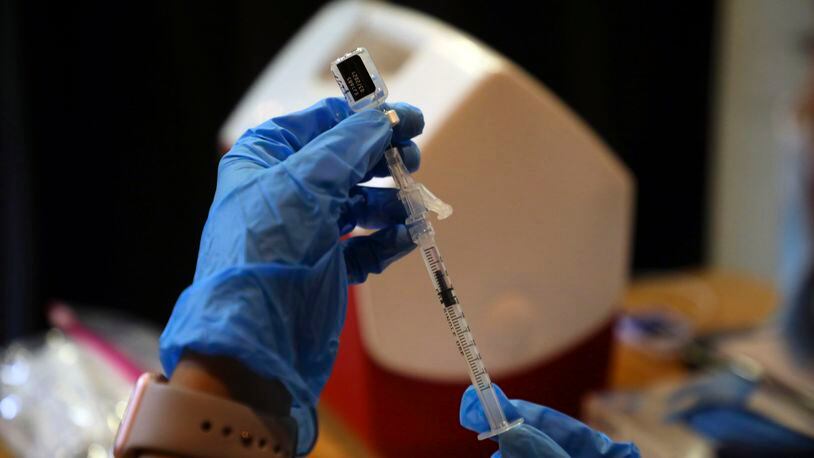Vaccines for 28 million American children are on the way to authorization after an advisory panel at the Food and Drug Administration voted in support of the Pfizer vaccine for kids ages 5-11 on Tuesday afternoon.
The vote was the first step in a regulatory process for the two-shot Pfizer vaccine that could allow kids to get their first shots in early November and become fully immunized by early December.
Next, leaders of the FDA have the chance to officially sign off, potentially as soon as Tuesday night. If and when that happens, the White House will begin shipping doses, senior officials told governors on a call Tuesday afternoon that was obtained by ABC News.
But there are still more steps before shots go into arms: If authorized by the FDA, the process would move to the Centers for Disease Control and Prevention next Tuesday, when a CDC panel meets to discuss the same data reviewed by the FDA advisers.
Many parents are desperate to protect their children after the delta surge over the summer led to increased cases and hospitalizations among kids. Though the variant is not more deadly, it is more transmissible — and because kids are unvaccinated, the variant rocketed through schools and camps.
The most recent data from Pfizer’s clinical trials found that the vaccine for 5-11 year olds was nearly 91% effective against symptomatic illness.
For kids, the vaccine will be given at a smaller, one-third dose.
The vaccine also appeared safe. None of the children in the clinical trials experienced a rare heart inflammation side effect known as myocarditis, which has been associated with the mRNA vaccines in very rare cases, mostly among young men.
And in a review of the data that assumed the worst — that kids could experience myocarditis at the same rates as young men, which many experts don’t believe will be the case — the FDA’s senior adviser for benefit-risk assessment, Hong Yang, still found that in the majority of scenarios, kids will still be safer once vaccinated.
The FDA experts ultimately agreed all children should have the opportunity to get vaccinated, but many also voiced concern over the remaining unknowns about adverse effects, weighing that against the relatively low risk of hospitalization or death from COVID for kids.
For his part, FDA’s vaccine chief Dr. Peter Marks said the experts should trust that any adverse effects would be closely monitored and acted on if necessary.
The safety teams at the FDA and CDC “are incredibly committed and devoted to making sure that we understand the nature of the safety events and that we catch these signals as soon as we possibly can,” Marks said. “That’s what we’re here to do.”
The White House has purchased enough pediatric doses to vaccinate all 28 million children ages 5 to 11. If authorized, it will be distributed to thousands of sites, including pediatricians, family doctors, hospitals, health clinics and pharmacies enrolled in a federal program that guarantees the shots are provided for free.
Some states are planning to provide the vaccine through schools as well.
-abcnews










